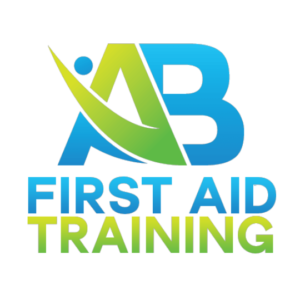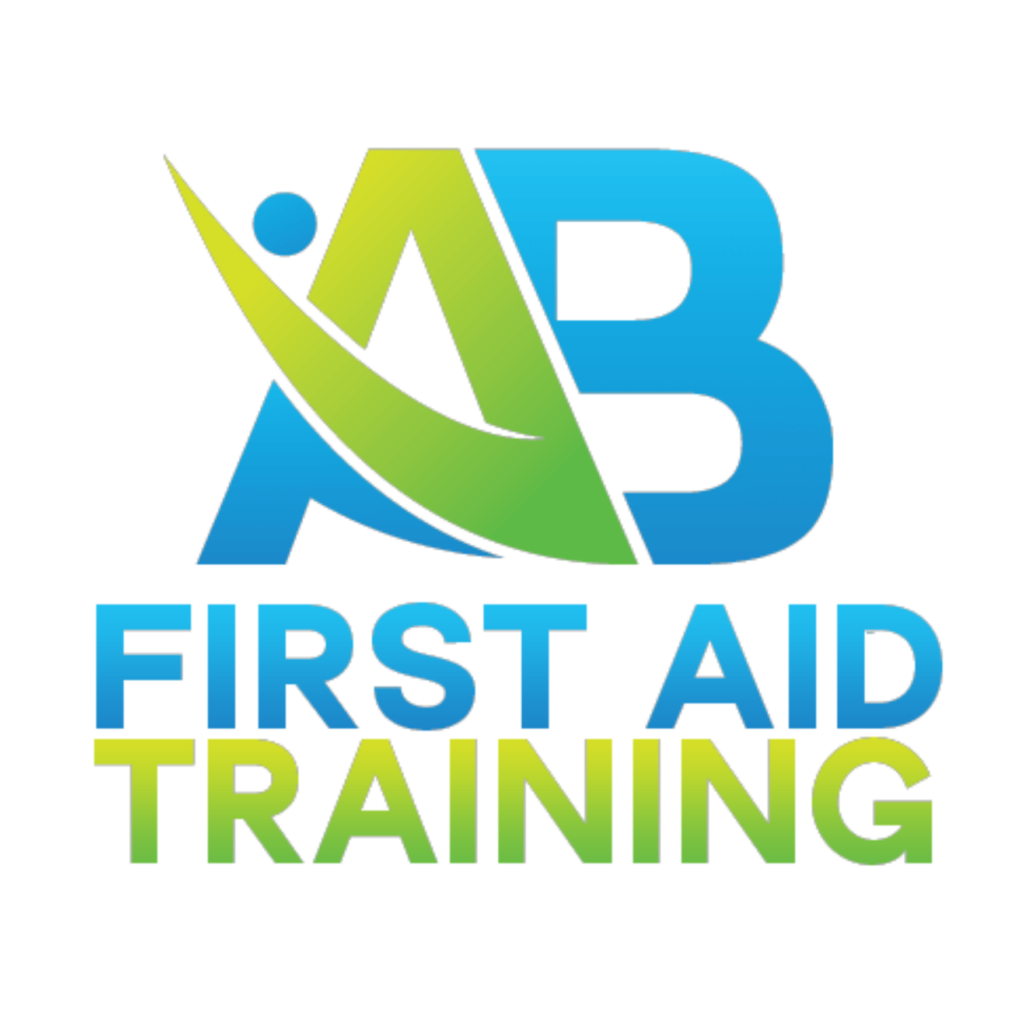As a swim teacher, your role involves not only teaching swimming skills but also ensuring the safety and well-being of your students in and around the pool. Emergencies can happen, and being prepared to respond effectively is crucial. At AB First Aid Training, we recognize the importance of swim teacher first aid skills. In this blog, we’ll provide swim teachers with essential knowledge and techniques to respond to emergencies in and around the pool.
1. Recognizing Emergencies:
- Be vigilant and attentive to the signs of distress or danger in the water.
- Monitor your students closely and identify any unusual behaviors or situations.
2. Immediate Action:
- If you suspect a student is in distress, act quickly.
- Remove the student from the water immediately if they are in danger.
- If necessary, activate the pool’s emergency alarm or signal for assistance.
3. Rescue Techniques:
- Learn and practice rescue techniques such as reaching assists, throwing assists, or using a rescue tube.
- Maintain a safe distance from a distressed or drowning student to avoid becoming a secondary victim.
4. Cardiopulmonary Resuscitation (CPR):
- Be trained and certified in CPR for both adults and children.
- If a student becomes unresponsive, initiate CPR immediately while someone else calls for emergency help.
5. Use of AED (Automated External Defibrillator):
- Familiarize yourself with the location and operation of the AED at your pool.
- If available, use the AED as instructed while continuing CPR.
6. Choking Response:
- Learn and practice choking response techniques, especially for children.
- Encourage safe eating and supervise young children to prevent choking incidents.
7. Pool Safety Equipment:
- Ensure that pool safety equipment, such as rescue tubes, ring buoys, and life jackets, is readily accessible.
- Know how to use these tools effectively in rescue situations.
8. First Aid Training:
- Complete first aid training that covers common pool-related injuries and emergencies.
- Be prepared to administer first aid for cuts, bruises, or minor injuries.
9. Effective Communication:
- In an emergency, communicate clearly with students, pool staff, and emergency responders.
- Stay calm and provide necessary information to facilitate a swift response.
10. Regular Training and Certification:
Periodically refresh your first aid and water safety skills through training and certification courses.
Stay updated with the latest guidelines and best practices.
Conclusion:
Swim teachers play a vital role in ensuring the safety of their students in and around the pool. By being vigilant, knowing how to recognize emergencies, and having the skills to respond effectively through rescue techniques, CPR, and first aid, swim teachers can create a safer swimming environment and potentially save lives.
Questions for Reflection:
- Have you received recent first aid and CPR training? If not, when can you schedule your next training session?
- Are there any specific emergency scenarios or situations in and around the pool that you would like to learn more about?
Sources:
- Recognizing a Drowning Child – American Red Cross: Link ↩
- Water Safety Tips – Centers for Disease Control and Prevention (CDC): Link ↩
- Water Rescue Techniques – Royal Life Saving Society Australia: Link ↩
- CPR and AED Training – American Heart Association: Link ↩
- How to Use an AED – American Red Cross: Link ↩
- Choking First Aid – St John Ambulance Australia: Link ↩
- Lifesaving Equipment – Royal Life Saving Society Australia: Link ↩
- Basic First Aid – St John Ambulance Australia: Link ↩
- Communicating in Emergencies – Australian Government: Link ↩
- First Aid Courses – Australian Red Cross: Link ↩


